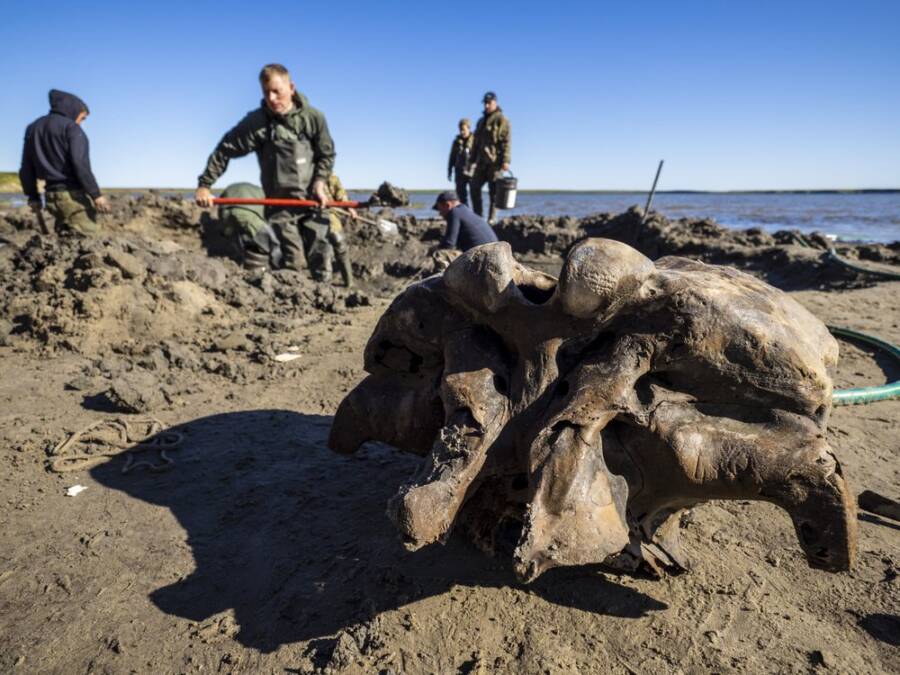Priceless Chinese vase languishing in a cupboard finally uncovered, 2,500-year-old Mexican ruins found, well-preserved woolly mammoth remains unearthed.
Priceless Vase Found After Somehow Surviving In An Unsuspecting Woman’s Pet-Filled House For 60 Years

Sotheby’sThe vase was made in the 1700s specifically for the Qianlong Emperor, who praised it for its exquisite design.
For 60 years, a “lost masterpiece” Chinese vase made for the Qianlong Emperor in the early 1700s languished in the home of an unsuspecting woman. When she finally invited an expert to take a look, they were shocked and relieved to find that the vase survived in an open cupboard of this unkempt home that was filled with cats who could have knocked the artifact over at any time.
But now the vase has been identified and brought to auction, where it’s just fetched $9 million.
Learn the full story here.
Villagers Just Uncovered 2,500-Year-Old Ruins Belonging To The “Cloud People” On A Mexican Mountaintop

FacebookThe 2,500-year-old ruins found on Cerro de Peña include carved stones depicting animals and a woman that resembles a bat.
The southwestern village of Santa Cruz Huehuepiaxtla in Mexico is fairly quaint and remote. At 6,000 feet high, the Cerro de Peña mountain has arguably been its most fascinating landmark. That is, until locals discovered ancient Zapotec ruins and carvings dating back 2,500 years on its summit.
The find consisted of two pre-Hispanic stone monuments carved into the mountain. Located at a strategic point on the Puebla state mountain’s peak, archaeologists had to traverse a steep, two-and-a-half-hour hike to get there.
Discover more in this report.
Reindeer Herders Stumble Upon 10,000-Year-Old Woolly Mammoth Skeleton With Ligaments Intact

Artem Cheremisov/Gov. of Yamalo-Nenets of Russia Press Office via APThis is just the latest prehistoric discovery made in this area of Siberia.
Siberia is known to hold a trove of prehistoric fossils, and just recently a group of reindeer shepherds made a stunning discovery there: the well-preserved skeleton of a 10,000-year-old woolly mammoth.
The carcass was so intact, in fact, that it still had some of its pelt and ligaments attached. Researchers are hopeful that they may even find bits of its brain still in its skull.
Read on here.





